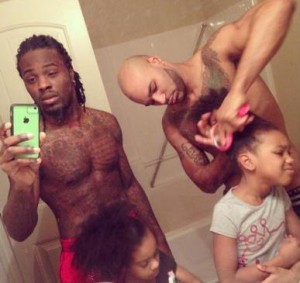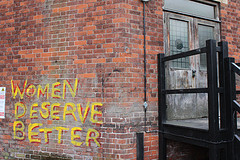
I work with one of the most heartbroken groups of people in the world: fathers whose adult children want nothing to do with them. While every day has its challenges, Father’s Day—with its parade of families and feel-good ads—makes it especially difficult for these Dads to avoid the feelings of shame, guilt and regret always lurking just beyond the reach of that well-practiced compartmentalization. Like birthdays, and other holidays, Father’s Day creates the wish, hope, or prayer that maybe today, please today, let me hear something, anything from my kid.
Many of these men are not only fathers but grandfathers who were once an intimate part of their grandchildren’s lives. Or, more tragically, they discovered they were grandfathers through a Facebook page, if they hadn’t yet been blocked. Or, they learn from an unwitting relative bearing excited congratulations, now surprised by the look of grief and shock that greets the newly announced grandfather. Hmm, what did I do with those cigars I put aside for this occasion?
And it’s not just being involved as a grandfather that gets denied. The estrangement may foreclose the opportunity to celebrate other developmental milestones he always assumed he’d attend, such as college graduations, engagement parties, or weddings. Maybe he was invited to the wedding but told he wouldn’t get to walk his daughter down the aisle because that privilege was being reserved for her father-in-law whom she’s decided is a much better father than he ever was.
Most people assume that a Dad would have to do something pretty terrible to make an adult child not want to have contact. My clinical experience working with estranged parents doesn’t bear this out. While those cases clearly exist, many parents get cut out as a result of the child needing to feel more independent and less enmeshed with the parent or parents. A not insignificant number of estrangements are influenced by a troubled or compelling son-in-law or daughter-in-law. Sometimes a parent’s divorce creates the opportunity for one parent to negatively influence the child against the other parent, or introduce people who compete for the parent’s love, attention or resources. In a highly individualistic culture such as ours, divorce may cause the child to view a parent more as an individual with relative strengths and weaknesses rather than a family unit of which they’re a part.
Little binds adult children to their parents today beyond whether or not the adult child wants that relationship. And a not insignificant number decide that they don’t.
While my clinical work hasn’t shown fathers to be more vulnerable to estrangement than mothers, they do seem to be more at risk of a lower level of investment from their adult children. A recent Pew survey found that women more commonly say their grown children turn to them for emotional support while men more commonly say this “hardly ever” or “never” occurs. This same study reported that half of adults say they are closer with their mothers, while only 15 percent say they are closer with their fathers.
So, yes, let’s take a moment to celebrate fathers everywhere. And another to feel empathy for those Dads who won’t have any contact with their child on Father’s Day.
Or any other day.
Josh Coleman is Co-Chair, Council on Contemporary Families, and author most recently of When Parents Hurt.


